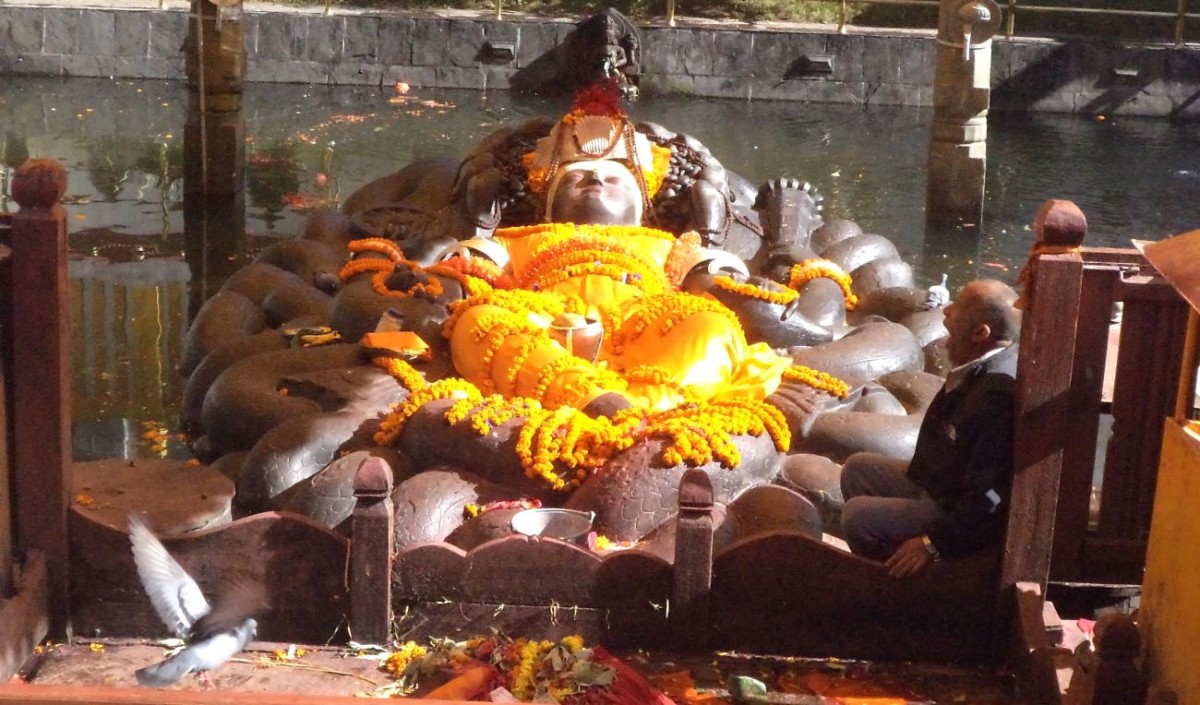
This interesting classic tour is the combination of classic culture of Hindu and Buddhist, Jyapu Newar’s interesting tribal culture and lifestyle, tribal culture programs of Chitaunia Tharu and Tamang tribe, traditional beautiful village and culture of the generation of first dynasty of Nepal Gopali tribe, about a dozen of medieval era interesting artistic monumental cities, motorboating at Nepal’s biggest manmade lake Kulekhani hydro-dam, fishing opportunity, Mohini waterfall nearby the Kulekhani hydro-dam, beautiful grassland in Chitlang valley, wildlife safari in Chitwan National Park, wonderful nonstop magical scenery of the Himalaya and the entire landscape. We see beautiful traditional villages and interesting ancient cities with intricately artistic temples, stupas, palaces, statues, bells, water fountains and other structures, interesting traditional handmade artwork of wood, metal, clay and paper in Kathmandu valley, Bandipur and Panauti valley, heart alluring attractive scenery of nature like magical panorama of entire Himalaya range from some of the exciting natural view point Nagarkot, Dhulikhel, World Peace Pagoda, Sanrankot and Bandipur etc.
Day 01. Arrive Kathmandu (1340m), Kathmandu Durbar Square and Kalimati Agro-market tour, 5* hotel
Arrive Kathmandu, transfer to hotel, after check in hotel and little rest at the hotel, we visit Kathmandu Durbar Square then Kalimati Agro-market in the afternoon. Dinner at hotel.
Kathmandu Durbar Square: In the heart of the old city: the Durbar, that is "the square of the royal court", where it seems to go back in time. In the Durbar square, there are more than fifty temples and monuments and among these stands, the magnificent Temple of Taleju, which houses the deity of the royal family and which is possible to visit only externally. Its three roofs are covered with gilded copper and a series of jingling bells makes the atmosphere even more magical. It was built by King Mahendra Malla between 1549 and 1596 and dedicated to the Goddess Taleju Bhawani. The Kasthamandap, whose name means "wooden house", was built in the 12th century and it was King Laxmi Nar Singh Malla who wanted its construction with the wood of a single "sal" tree. Initially ceremonies were held in the building and it was the meeting place of the foreigners who participated in it and only later was it dedicated to Gorakhnath but due to 2015 earthquake, some of the monuments including this are totally collapsed. Tiny temple of Ashok Binayak with no spire is also known as Maru Ganesh, a deity much loved by the Nepalese, the elephant-headed god. Returning further to the square is the Temple of Shiva. Still in the square, the old Royal Palace, the Hanuman Dhoka (the monkey god) who was built in the 17th century by King Pratap Malla, although over the years they have been made several improvements and additions. Near the square, the Kumari Temple palace, a monastic building built in the mid-18th century and a masterpiece of Newari art, with richly carved wooden windows. Here lives the living goddess, or Kumari, incarnation of Taleju Bhawani, the protective goddess of the royal family, manifestation of Goddess Durga.
Then we visit Kalimati fruit and vegetable wholesale market where we see interesting activities of selling and buying all kinds of fruits, fresh and dry vegetables, lentil grains, fresh and dry fishes. The market seems active almost 24 hours but more active early in the morning. During the day, big trucks are not allowed to enter the main city area so they drop the stuff at night. All dealers and shopkeepers gather there early morning to distribute the items to the market within 6-7am. During day time, they segregate the leftover items and sell it and cleans their place. After the agro-market tour, we return to the hotel. Dinner and overnight.
Day 02: Sightseeing in Kathmandu valley / Pashupatinath, Bouddhanath, Gokarneshwar and Budhanilkantha tour, 5* hotel
The day is dedicated to explore artistic ancient interesting culture heritages in the Kathmandu valley; Pashupatinath, Bouddhanath, Gokarneshwar Mahadev and Budhanilkantha Narayan. After breakfast, we start the day from Pashupatinath temple premises. We will have lunch probably in Bouddhanath. Below is the brief information of the places we visit today thereafter we will return to the hotel.
Pashpatinath: Pashupatinath is the most important Hindu temple in the country, dedicated to one of the manifestations of Lord Shiva and is a shepherd of animals, men and a symbol of fertility. The temple stands on the bank of the Bagmati river (born from the mouth of Shiva), where cremations take place. In the complex there is the Golden Temple, one of the most sacred temples of Nepal, whose access is allowed only to Hindus. Around the temple premises, there are hundreds of shrines built up in different dates from 5th century to the present.
Bouddhanath Stupa: Here is the largest Tibetan community in Nepal, of which motions, have come here following the invasion of their country by China. The origin of this stupa is still unknown although it appears to have been built in the sixth century, at the time of the Tibetan king Srongsten Gompa, who had converted to Buddhism after marrying two wives, one Chinese and one Nepalese ‘Bhrikuti Tara’, both of Buddhist faith. It is the majestic largest stupa in Nepal. It was collapsed in 2015 earthquake but it’s rapidly rebuilt within 2 years in its original shape and size. Around the great stupa, many monasteries and shops have sprung up and every day dozens of faithful walk around its perimeter in a clockwise direction. The large white cap is often streaked with yellow / orange: it is the saffron powder thrown by the faithful as an act of devotion in honor of Buddha.
Budhanikantha: Budhanikantha is a sacred place where only the Hindus faithful of Vishnu converge, the god of a thousand names, of various forms and incarnations who is also presented as the god Narayan lying on the cosmic ocean. In this temple, the stone statue of Vishnu lies stretched out in a tub full of water, on a bed formed by the coils of the eleven-headed serpent Ananta. Many are the faithful who come to this place, because this statue is loved and venerated throughout the valley. Only a man cannot see it and it is the king who only dared (representing himself an incarnation of Vishnu), would die from electrocution. Legend has it that the statue was found by a farmer ploughing his field. His ploughshare bumped into something and he started to ooze blood and then he started digging and found the statue. It is about 5 meters high and could date back to the 7th century, at the time of the Licchavi.
Gokarneshwar Mahadev: One of the most important Shiva temples in Nepal lying northern part of the Kathmandu valley, Gokarneshwar Mahadev temple complex is very important and interesting places for all the Hindu where many pilgrims visit this shrine to wash the sins of their deceased parents, grand parents and ancestors, and to send their souls to the heaven for nirvana. There are some ancient temples with interesting statues of many gods and goddess in the temple premises. At the northern neck of a small limestone gorge, the temple is lying in the bank of Bagmati River north of Pashupatinath.
Day 03: Kathmandu-Kirtipur- Adinath - Chobhar Gorge Jal Vinayal- Shesh Narayan- Dakshinkali-Kulekhani (1560m), 55km, 3 hour, 3* category hotel in prime location
Have breakfast, check out hotel. first we visit the monuments of the Kathmandu valley like Kirtipur then Adhinath temple, Chobhar gorge, Jal Vinayak, Shesh Narayan and Dakshinkali then drive directly to Kulekhani damsite- the Nepal’s biggest man-made lake through beautiful forests, hills and hillocks, river valleys, terraced farmlands, villages and towns. We may have lunch probably in Pharping area. Hotel is located in the bank of the lake from where we can observe wonderful scenery of the lake, settlements and wonderful landscape. Dinner and overnight in the best hotel in Kulekhani. We can have fresh fish items for dinner. Below is the short information of the places to be visited today.
Kirtipur: About 5km southwest of core area of Kathmandu, lying in a hill top, Kirtipur is a famous historical town of Newar tribes where are some medieval era interesting temples, stupas, statues and houses and from where we see beautiful view of Kathmandu valley. In a clear day, we can also see magical Himalaya panorama. We can observe traditional structures and typical lifestyle of the Newar tribes there.
Adinath, Chobar gorge and Jal Vinayak: Buddhist Adinath Temple was built in the fifteenth century and dedicated to Adhi Buddha, the first Buddha. The characteristic of this temple is given by the fact that the axes hanging from the roofs of the temple hangs a series of tools, such as pots, jars and containers metal for the water. Apparently these are the gifts offered to the newlyweds in order to live happily on their marriage life.
Chobhar is the famous limestone narrow gorge where the water of all the rivers of the entire Kathmandu valley drains out. There are interesting caves in the hanging limestone cliffs, beautiful gardens, red color offered holy rocks, one of the most important temples of the valley Jal Vinayak (belongs to elephant headed God Ganesh) with lots of interesting ritual activities, beautiful hills, pine forests, villages and towns.
Shesh Narayan: Lying between Pharping monastic valley and Dakshinkali, one of the most important temples of Lord Vishnu believed to be founded in 6th century, Shesh Narayan is in the interesting limestone hanging cave where we see series of small temples, boulders, peaceful forest, prayer wheels, monastery and water tanks for washing clothes. There is a small statue of the Sun God semi submerged in a holy pond where we see beautiful colorful fishes.
Dakshinkali: Lying on the 30km south of core area of Kathmandu, Goddess Kali the most ferocious manifestation of Goddess Parvati, Dakshinkali is one of the most important and most powerful goddesses in the Kathmandu valley also known as the wish making deity and the temple of bleeding where male animals (not ox) are sacrificed mainly on Saturday. Many devotees visit the temple to pay homage to the goddess for their wish successful and happy life. The place is very beautiful surrounded in the forested hilly valley where we see many pilgrims, beggars, sadhus, stalls and local agro-market. On the top of the hill, there is the temple of mother goddess from where we see beautiful view of the lush green valley.
Day 04: Sightseeing seeing in Kulekhani / Boating, fishing, waterfall tour in Kulekhani, 3* category hotel in prime location
After breakfast, we go to the shore of the lake for motorboating then hike/drive to the Mohini waterfall, we can have lunch at any restaurant by the shore from where we can see wonderful view of the lake with islands, magical landscape and beautiful settlements around the lake. After the day tour return to the hotel, dinner and overnight.
This valley is widely known as Chitlang valley where the lower valley has a Nepal’s biggest man-made lake Kulekhani (7km long) that is built for hydropower. This is really a beautiful lake with some interesting islands where we can do traditional boating, motorboating, fishing, filming, walk and drive around, camping with camp fire by the shore. Beautiful Mohini waterfall is close to the lake to be accesses by road or boating with about half hour walk. Beautiful lake, exciting waterfalls, wonderful landscape, lush green hidden valley, traditional goat farming, goat cheese factory, large grassland, Bajrabarahi temple premises, traditional water fountains, traditional villages, vegetable farming, traditional cottage restaurants and lifestyle of locals are the attraction of the valley.
Day 05: Kulekhani - Chitlang - Gopali village and culture tour - Chitwan National Park (190m), 5* hotel
After breakfast, check out hotel, we drive through beautiful large grasslands, terraced farmlands, traditional villages, Gopali and their traditional village, beautiful Tistung Palung intermountain valleys, Nepal’s oldest road Tribhuvan Highway then follow the Trishuli River valley to reach Narayangadh then drive to Chitwan National Park. We will have lunch one of the best restaurants in Trishuli River valley. Arrive and check in the best hotel in the town. We will watch documentary on wildlife before dinner.
Gopali tribal heritages and Kulekhani hydro-dam Chitlang valley: Gopali are the close to the Newari tribes residing in the south-western hidden valley of Kathmandu who are the generation of first dynasty of Nepal ruled for 521 years in Kathmandu valley till early 3rd century. Before the Gopal dynasty, there was Tethyan ocean in Kathmandu valley. Gopali were the Gopals that means the cow herders who first ruled Kathmandu valley thereafter buffalo herders defeated and chased them to the southern side of the Kathmandu valley. Then they settled here for centuries. This was the shortest and safest route between India and Tibet which was popularly known as salt - gold route. After building up the Tribhuvan Highway between Kathmandu and Hetauda in 1950s, this route fell in shadow. They are practicing animal husbandry and traditional agriculture. They have traditional houses, particular costumes, typical dishes and tribal languages. They have very interesting traditional villages, ancient artistic temples, ruined houses, waterspouts and cobbled streets where we can see their classic culture and typical tribal lifestyle.
This valley is widely known as Chitlang valley where the lower valley has a Nepal’s biggest man-made lake Kulekhani (7km long) that is built for hydropower. This is really a beautiful lake with some interesting islands where can do traditional boating, motorboating, fishing, filming, walk around and camping by the shore. Beautiful Mohini waterfall is close to the lake to be accesses by road or boating and about half hour walk. Beautiful lake, exciting waterfalls, wonderful landscape, lush green hidden valley, Traditional goat farming, goat cheese factory, large grassland, Bajrabarahi temple premises, traditional water fountains, traditional villages, vegetable farming, traditional cottage restaurants, typical lifestyle of Gopali and other tribes are the attraction of the valley.
Day 06: Chitaunia Tharu culture programs and wildlife safari in Chitwan National Park, 5* hotel
The day is dedicated to explore Chitwan National park, its wildlife and Chitaunia Tharu tribal lifestyle and their culture programs. After tea/coffee, we go for canoeing, return to the hotel for breakfast then we go for wildlife safari by jeep or elephant back as per your preference. Then visit elephant and crocodile breeding centres. Have lunch then visit Tharu villages and observe their tribal culture programs. Dinner and overnight. Below is the brief information of Chitwan National Park and Chitaunia Tharu tribe.
Chitwan National Park: Bounded by Parsa Wild Life Reserve in the east, Narayani River in the west, Rapti River in the north and settlements and India border in the south, Nepal’s first national park with an area of 932 sq. km. Chitwan National Park is enlisted in UNESCO natural heritage site. It’s located in 175km southwest of Kathmandu in subtropical zone with about 5-6 hour drive along Trishuli River which is famous for rafting.
544 species of birds, 68 species of mammals, 126 species of fish and 56 species of plants are found there.The national park is famous for one horned rhinos and Gharial crocodiles. There are lots of touristic activities like elephant ride, jeep safari, jungle walk, village tour by ox cart, bird watching, canoeing, boating, fishing, elephant polo, elephant race, ox race, Bishajari Tal (lake) tour, Tharu culture program etc.
Chitaunia Tharu village culture: Rapidly increasing numbers of hotels, restaurants and settlements of the outsiders, there are very few numbers of typical houses of Tharu people with their traditional culture. Tharu museum is built up in the society and few houses nearby the museum are seen. Tharu culture program is performed in the evening in a particular house. Tharu women with black blouse, white lehenga skirt and silver ornaments perform some dances related to their regular lifestyle, men perform some exciting dances like peacock dance and mugra dance -stick dance etc.
Day 07: Chitwan-Devghat-Pokhara (820m), World Peace Pagoda and David Falls tour, 146km 5 hour, 4* category heritage boutique hotel
Early morning bird watching then breakfast, drive to Devghat at the confluence of Trishuli and Kaligandaki River where we see pilgrims, sadhu, Hindu shrines, beautiful landscape and rivers. Thereafter, we drive continue to Pokhara through forests, hill slopes, hills and hillocks, Trishuli and Marsyangdi River valleys, terraced farmlands, traditional villages and towns. Depending on time, we can have lunch at any best restaurant, arrive Pokhara, check in hotel then we visit a big white Buddhist stupa -World Peace Pagoda on the top of the hill west of Phewa Lake from where we see wonderful view of whole Pokhara valley and majestic Annapurna range. Then we descend to the valley floor of Pokhara, visit an interesting place David Falls where we see beautiful waterfall flowing through potholes of limestone creek then it disappears underneath the ground. There is also a beautiful garden with some traditional colourful Gurung tribal round houses. Return to the hotel. Have dinner observing Nepal folk dance. Overnight.
Day 08: Pokhara valley tour (Sarankot 1595m - Bindhyabasini - Mahendra Cave - Museum - Tal Barahi Island), 4* category heritage boutique hotel
The day is dedicated to explore Pokhara valley. First we visit Sarankot hill early in the morning for wonderful view of golden Annapurna and Dhaulagiri Himalaya range at magical sunrise scenery. Thereafter we visit Bindhyabasini Bhagawati temple premises at the bottom of the hill. Then we visit limestone cave Mahendra cave where we see interesting images of Hindu gods and goddesses. Drive to the lower end of the lake to visit museum where we watch video related to the Himalaya, mountaineering and lifestyle. We also see many things about the Himalaya, Rain shadow colourful canyons and caves of Mustang and its monastic culture. Then we visit Tal Barahi temple island at the end of the day and observe oil lamp offerings. Return to the hotel, dinner and overnight. Below is short information of the Phewa lake.
Phewa Lake: The second largest lake of Nepal, situated at an altitude of 784m above sea level with an island temple at the middle of the Phewa Lake has a great reflection of Mt. Machhapuchhare & Annapurna Himal in its tranquil surface. We visit the island and temple to be accessed by boating. Beautiful Hindu pilgrimage site Barahi Temple in the island with two storied pagoda is dedicated to Ajima Goddess. There is oil lamps offerings widely known as Aaratee is performed/offered to goddess by the shore of the lake in every evening which is very interesting.
Day 09: Pokhara - Bandipur (1010m), 77km, approx. 3 hour, Bandipur tour, 3* category heritage boutique hotel
Get up early for exotic views of golden Annapurna Himalaya ranges, have breakfast then visit Bindhyabasini Bhagwati Temple. Bindhyabasini Temple is the main part of religious activity in the old bazaar of Pokhara. It is dedicated to Goddess Bhagawati Durga, yet another manifestation of Shakti. Drive to Mahendra Cave; a limestone cave with very interesting holy images inside the cave. Drive to Bandipur, check in hotel, explore traditional village of Bandipur. Overnight. Below is the brief information of Bandipur.
Bandipur: Bandipur is a beautiful traditional ancient village of Magar, Newar, Gurung and others castes located atop a hill between Kathmandu and Pokhara. As per the ancient history, there were several villages of Magar tribe. It was the power kingdom of Sen dynasty (Magar) till the early 19th century. Skilled and sophisticated Newar people of Bhaktapur migrated here a century ago then it became an economic center, typical Newari culture heritage center and artistic structural monumental village in western region of Nepal. We see traditional typical artistic temples, shrines, buildings, water spouts and stone paved streets in the village. Nowadays, there are lots of modern structures but the local government has ordered not to demolish any culture/structural heritages in the village. Banipur cable car connected from the Kathmandu Pokhara highway is almost completed but not yet in operation. There are lots of things to visit and observe in Bandipur.
Bandipur Bazaar; Rich heritage and architecture/living cultural museum of Newars that has age old houses with slate roofs, artistically crafted temples in typical Newari style. Thanimai Temple located at the western hilltop of Bandipur Bazaar, famous for sunset and surrounding view. A centuries old Mukundeshwori temple is also located there on this ridge. Gadhi; an ancient fort that provides best view of Bandipur village and a monastery lies on the northern ridge top. Teendhara is an ancient set of stone taps which is the main source of water for Bandipur. There is also an ancient Shiva temple close to the stone taps. Lying at the end of the western ridge of Muchuk hill, Ramkot is well conserved old and traditional Magar village. Chimkeshwori Hill (2500m) provides 360 degree panorama of Himalayas, hills, river valleys and even the Terai. Hille Kharka Gurung village lies in the ridge. Tundikhel and Martyr’s Memorial Park lies on the northern ridge, next to the cliffs with excellent view of Himalayas and Marshangdi Valley. Siddha Gufa; the biggest discovered cave of Nepal only accessible by a walking trail.
Day 10: Bandipur - Kathmandu, 150km, 5 hour, Swoyambhunath tour, 5* hotel
Get up early for exotic views of Ganesh, Manaslu and Annapurna Himalaya ranges with sunrise scene, have breakfast then drive to Kathmandu along Marsyangdi and Trishuli river valley. Arrive Kathmandu, have lunch in Swoyambhunath then visit Swoyambhunath stupa complex. Check in hotel, dinner and overnight. Short information of the Swoyambhunath stupa is given below.
Swoyambhunath stupa: Swoyambhunath stupa located atop a hill west of the capital and the rising of this temple is of fundamental importance for the inhabitants of Nepal. Legend has it that many years ago, when the Kathmandu valley was a Tethyan lake, here was a beautiful lotus flower which had a blue beam of light. That flower was a god, a manifestation of Swoyambhu (the land created itself at the middle of the Tethyan ocean), the the original, primordial, Adi Buddha. Manjusri, which wanted to smell the flowers, to approach with his sword cut off the waters of the lake thus making the birth of the Kathmandu Valley. Manjusri then built the temple Swoyambunath of just where the lotus flower was shining, he founded the city of Kathmandu and then returned to China.
Day 11: Kathmandu - Patan - Panauti - Nagarkot (1960m), 80km, 4 hour, 3* hotel
Have breakfast, check out hotel, first we visit the medieval era artistic interesting finest city of Patan then drive to Panauti valley to explore medieval era interesting architectural city and its classic culture. Thereafter drive to Nagarkot - a beautiful hill east of Kathmandu valley that provides magical Himalaya panorama including Mount Everest and the wonderful landscape. The Himalaya panorama at sunset and sunrise seems really interesting. Dinner and overnight. Below is the brief information of Panauti valley.
Patan: 5km southeast of Kathmandu, Patan is known as the finest city of temples and palaces. It played an important role over the centuries, even when the valley was divided into many feudal kingdoms. In 1372 it was conquered by a king of the Malla dynasty named Jayasthiti who, after ten years, unified the valley bringing the capital to Bhaktapur. During the reign of the Malla, the beautiful temples and palaces were built. There are so many beautiful monuments like Krishna Temple, Bhimsen temple, royal palaces, Patan museum, several temples in the Patan Durbar Square, water fountains, Patan’s oldest and valley’s one of the two tallest temples Kumbheshwar Shiva Temple built in 1392 (spire damaged by 2015 earthquake), Golden Temple (Hiranya Varna Mahavihar) etc.
Panauti: 34km east of Kathmandu, Panauti is one of the oldest towns of Nepal and historically important monumental city of Newar tribes lying at the confluence of 3 holy rivers (religiously one is hidden) which was the main trade center along salt route between India and China. The city was founded by king Ananda Malla in early 13th century however it has the great recorded history of first century. There are very interesting artistic monuments of Hindu and Buddhist similar to one of the durbar squares of Kathmandu valley. Pagoda style interesting artistic Indreshwar Shiva Temple is one of the largest and tallest temples of Nepal where are many other monuments built up in its premises. Many structures were destroyed due to 2015 earthquake but this temple had no affect like Pashupatinath temple in Kathmandu. There are many interesting feast and festivals take place in Panauti throughout the year. Along with the monuments, we see traditional household items hanging in the market for sale, typical lifestyle of locals and many traditional villages in and around the Panauti valley.
Day 12: Nagarkot - Changunarayan - Bhaktapur (25km), 1.5 hour, 3 star category Newari heritage boutique hotel
Wonderful view of the golden Himalaya is seen from the hotel, ridgeline and from the view point. Have breakfast then drive to Changunarayan hill to explore the oldest temple of Nepal and its unique artistic features, several monuments, traditional houses and household items in its premises and nearby. Thereafter we visit the most protected medieval era architectural city of Bhaktapur. We will have lunch at any traditional best restaurant in Bhaktapur. After the interesting tour, we stay at an artistic Newari style boutique hotel- the best hotel in the town. Dinner and overnight. Below is the short description of the places we visit today.
Changunarayan: As per the recorded history in stone sculpture, Changunarayan is the oldest and most traditional temples of Nepal built up in early 5th century. The temple of Lord Vishnu is in a beautiful ridgeline just 4km north of Bhaktapur Durbar Square. There are many interesting ancient temples, statues, stone sculptures, broken pieces of artistic rock statues, shelters, beautiful traditional Newari houses with artistic household items, handicrafts shops, a museum and restaurants in and around the temple complex. We see beautiful view of Kathmandu valley all around and the magical Himalaya panorama to the north.
Bhaktapur: 15km to the east of Kathmandu, the city of Bhaktapur, also called Bhadgaon, the "city of devotees", is the ancient capital of one of the kingdoms of the valley. Here, one can really breathe the air of the past, because unlike Kathmandu, vehicles cannot circulate in the old city that is covered, therefore only on foot, and most of the buildings are wonderful examples of Newari architecture. It is certainly one of the most interesting places in Nepal, where it seems to return to the medieval era. It appears to have been founded in the 9th century by the legendary King Ananda Dev Malla and was the capital of the valley from the 14th to the 16th century.
There are so many monuments like temples, palaces, culture history museum, buildings, water spouts, holy ponds, big bells, clay pottery and artistic stuffs in and around Bhaktapur Durbar Square, Dattatraya Square, Taumdhi Square and Pottery square. Similarly one can observe and experience typical lifestyle of local inhabitants Jyapu Newars working in and around.
Day 13: Bhaktapur - Khokana - Bungmati - Kathmandu 50km, 3 hour, 5* hotel
After breakfast, check out hotel, drive to Khokana, visit the traditional Newari town then visit another Newari town Bungamati. Drive back to Kathmandu, have farewell typical Nepali lunch with host family, return to hotel, shopping or relax in the afternoon. Dinner and overnight. Below is the brief information of the places we visit today.
Khokana: Lying in the southern part of the Kathmandu valley, a beautiful traditional farming village of Newars, Khokana is famous for mustard oil produced in traditional wooden mill, spun woollen yarn and, traditional farming. Along the side of the wide cobbled street, Khokana’s local mother Goddess Shekali Temple and houses are so beautiful. Sekhali festival and many other feasts and festivals are very interesting here.
Bungamati: Bungamati is a beautiful settlement of Newari tribes founded in 16th century where we see beautiful interesting artistic temples, stupas, colorful trees, holy boulders, houses and typical lifestyle of Newars. There is one of the most important shrines where the representation of the patron saint of the valley Rato Machhendranath is housed here for about half a year.
Day 14: Fly back home
After breakfast, program is over, transfer to airport, fly back home.
Entire trip cost per person (USD): $2,799 // 1pax complimentary in every 10 paid guests in group
Trip cost includes: All accommodation (double / twin sharing basis) and food; three meals a day -breakfast, lunch and dinner (except bar bill), insured crew (guides, assistant and drivers), all essential permits, wildlife safari in Chitwan National Park, Tharu culture program, city tour, all domestic transportation as per the itinerary, service charge and government taxes.
Trip cost does not include: International airfare, Nepal visa, your travel insurance, personal expenses (like laundry, communication, alcohol, cold drinks), tips to serving crew, emergency evacuation, extra cost due to natural and political causes such as landslides, unrest, strikes etc, expenses of extra hotel & other services abandoning the trip before/after scheduled, and cost not mentioned in includes section.
Medieval era artistic architectural monumental city of Kathmandu valley, Panauti valley and hilly village Bandipur, traditional village and classic culture of Gopali tribe (generation of the first dynasty of Nepal/Gopal dynasty), motor boating in Nepal’s biggest man-made lake (the hydro-dam of Kulekhani), beautiful Mohini waterfall, large beautiful grassland in Chitlang valley, wildlife safari in Chitwan National Park (famous for one horned rhinos and elusive Bengal tigers!), Jyapu Newar and Chitaunia Tharu tribal culture, Tamang tribe’s shamanist culture, wonderful Himalaya panorama from Dhulikhel and Nagarkot, majestic Manaslu, Annapurna and Dhaulagiri ranges over 8000 meters, magical scenery of golden Himalaya from Sarankot at sunrise, Fishtail and Annapurna nestled beautiful lake side city Pokhara, World Peace Pagoda, beautiful landscapes, farmlands, intermountain river valleys, optional an hour thrilling flight to the Mount Everest; the highest mountain on earth.
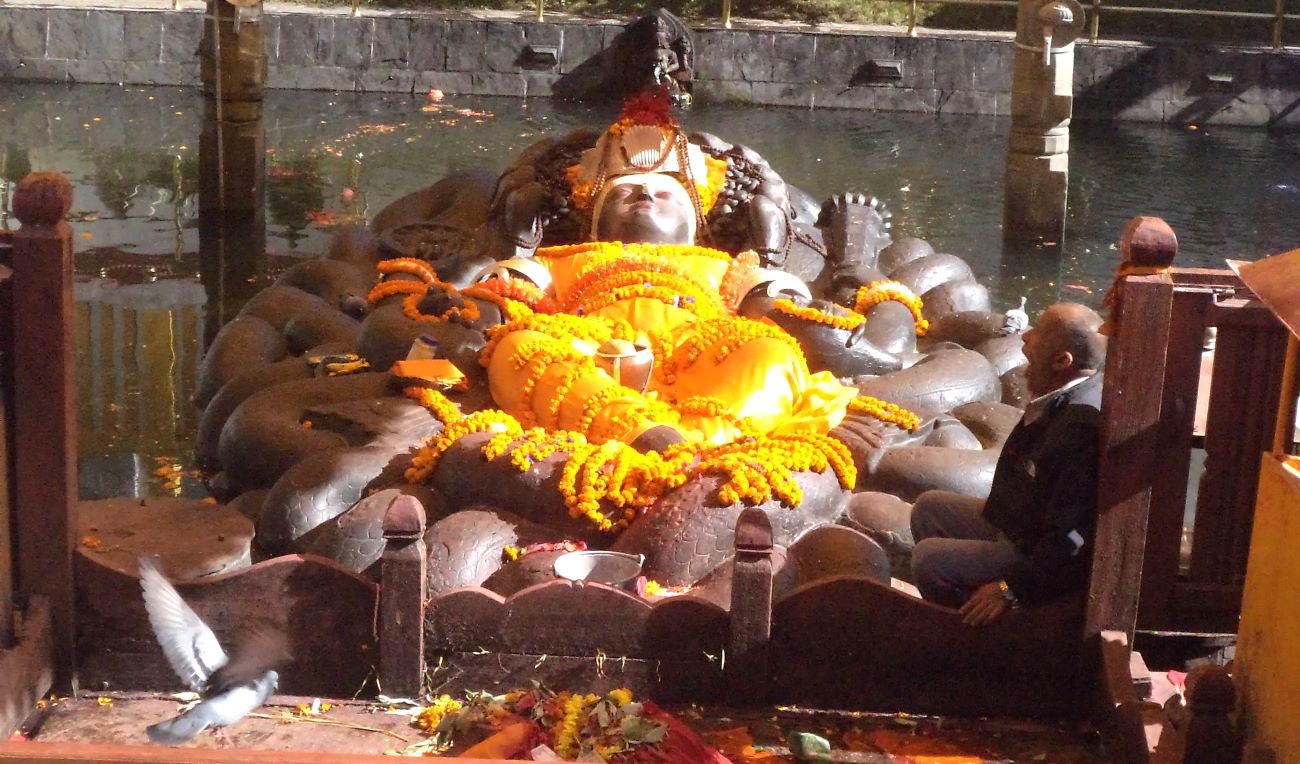
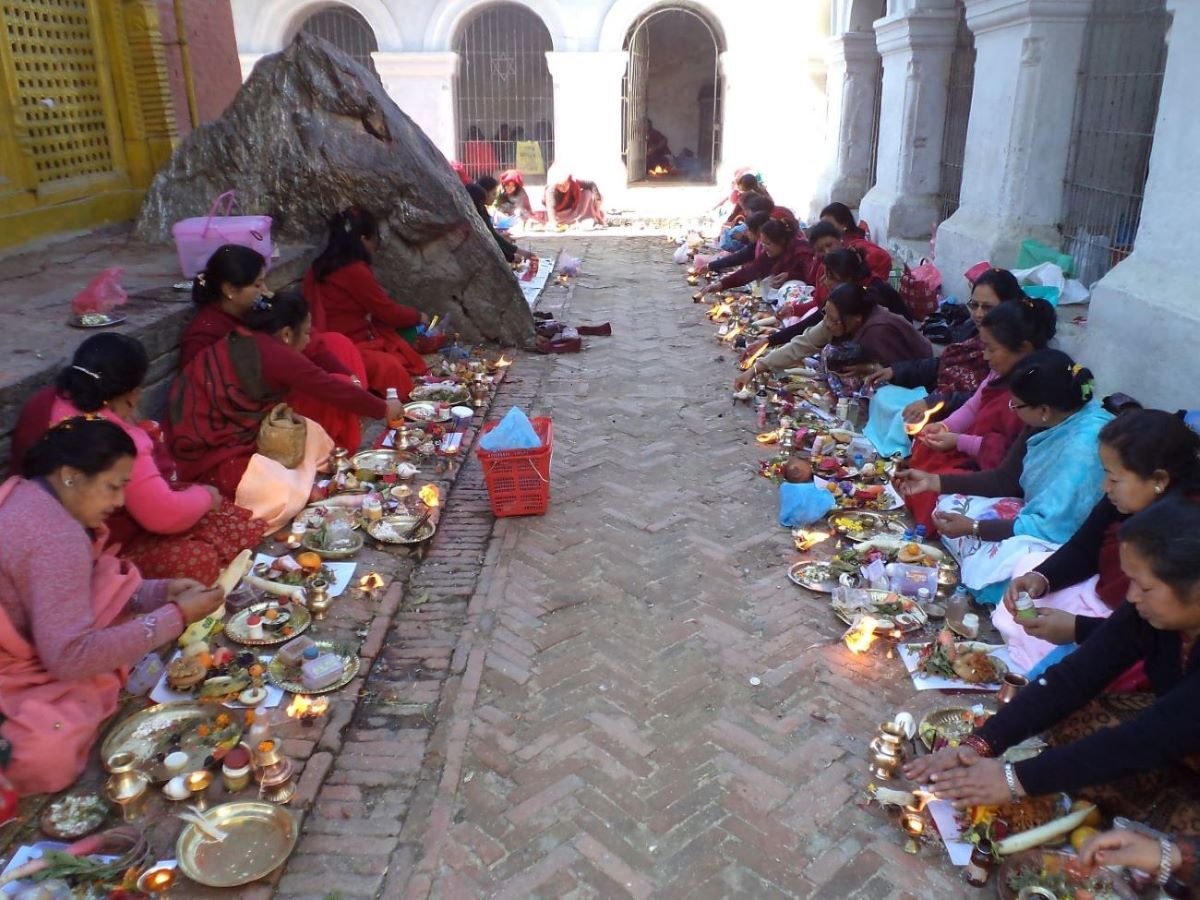
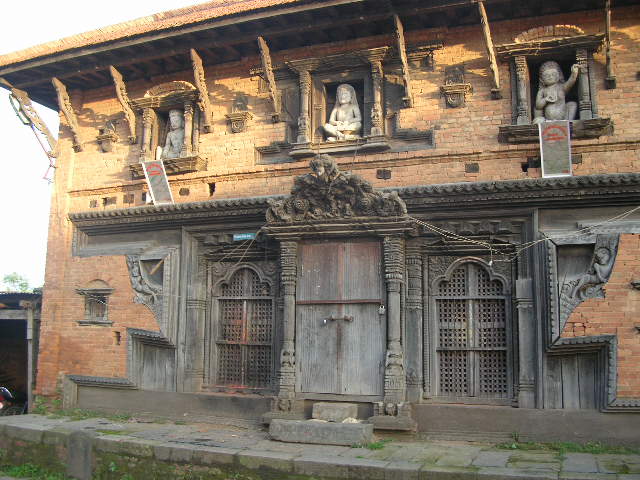
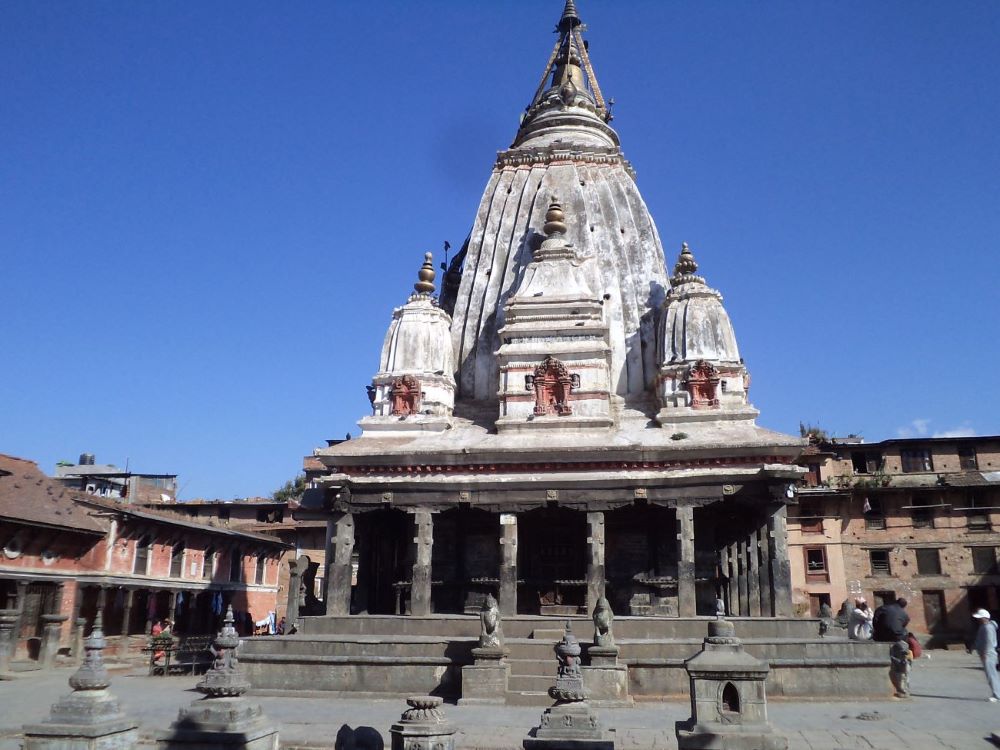
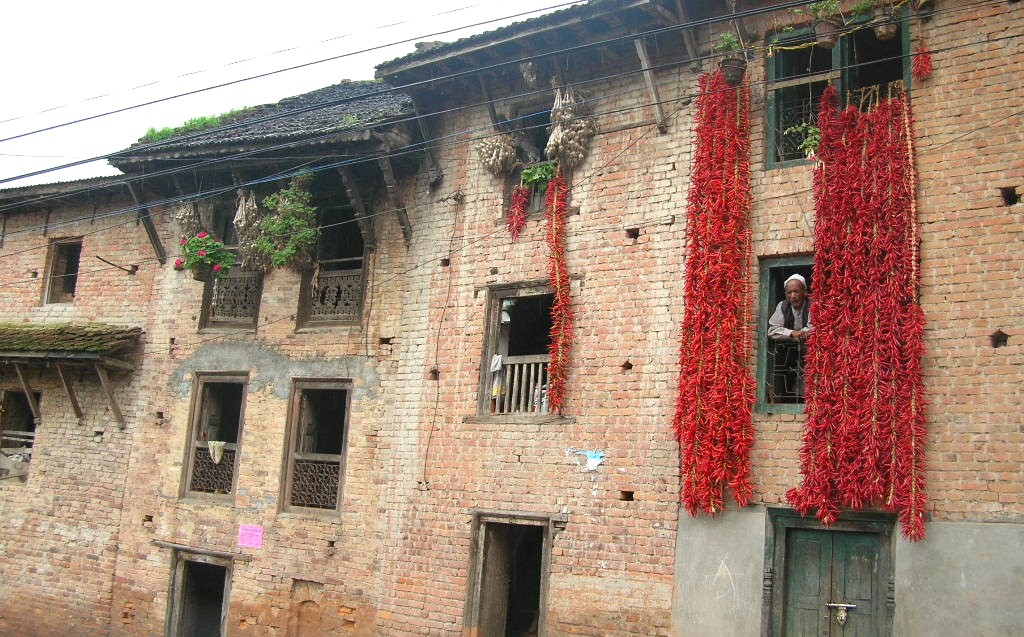
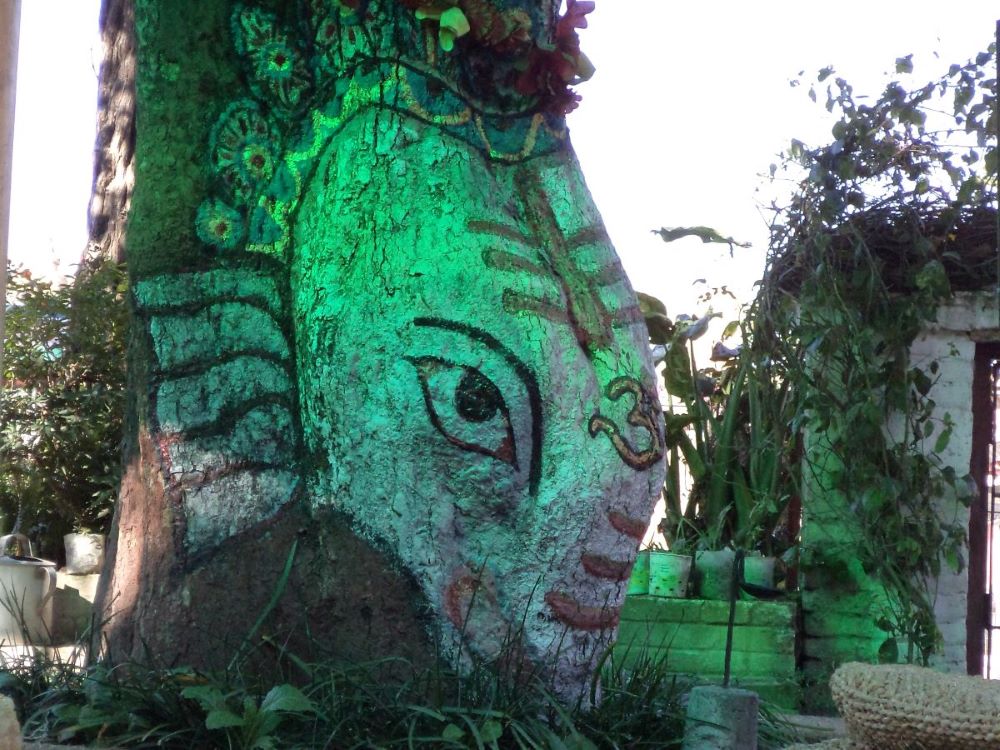
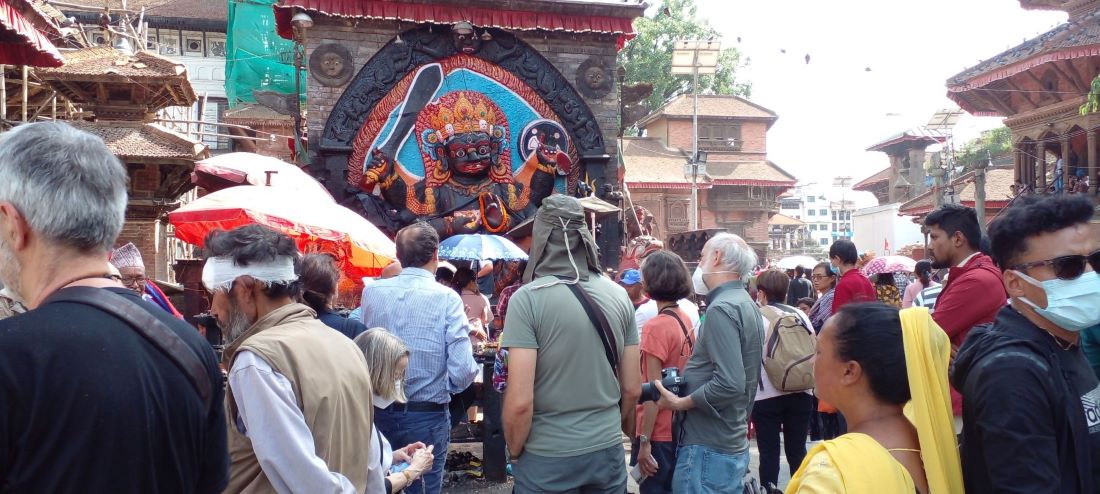
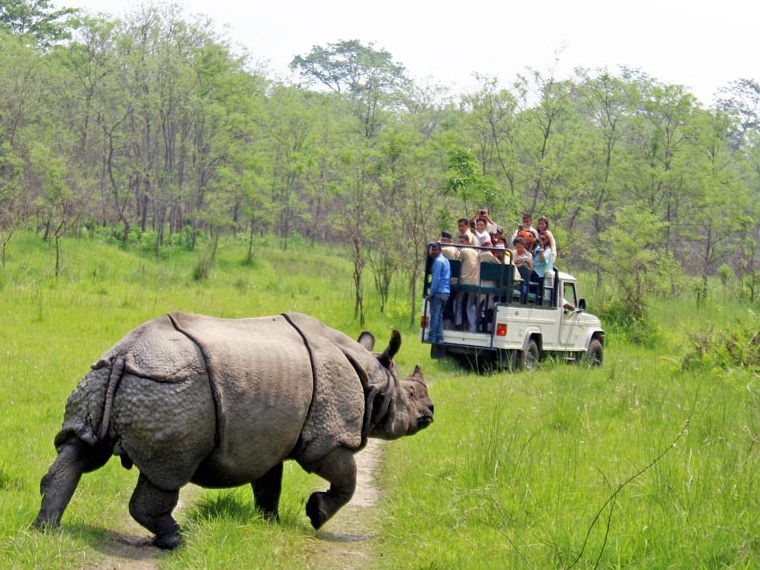
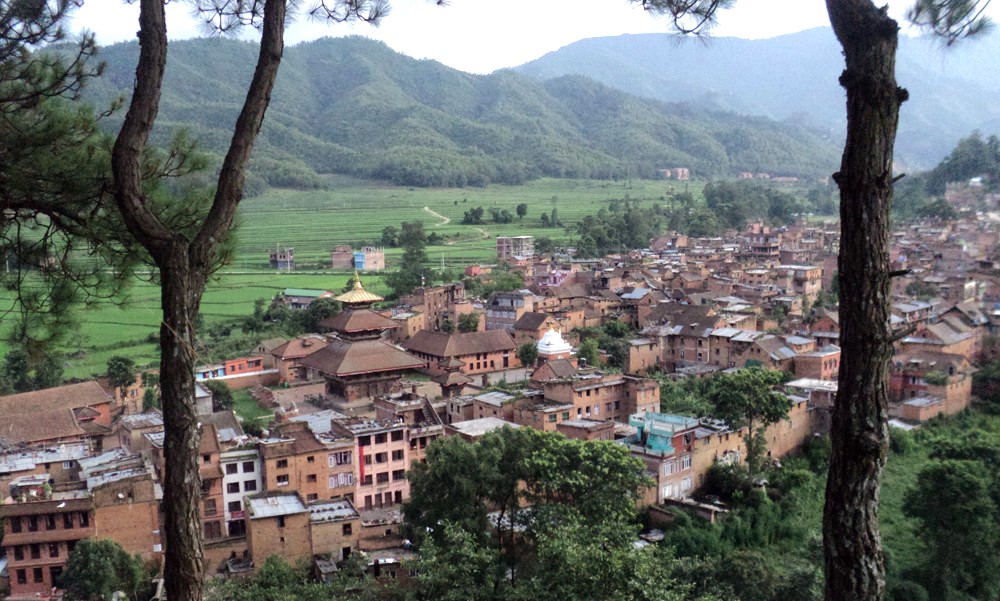
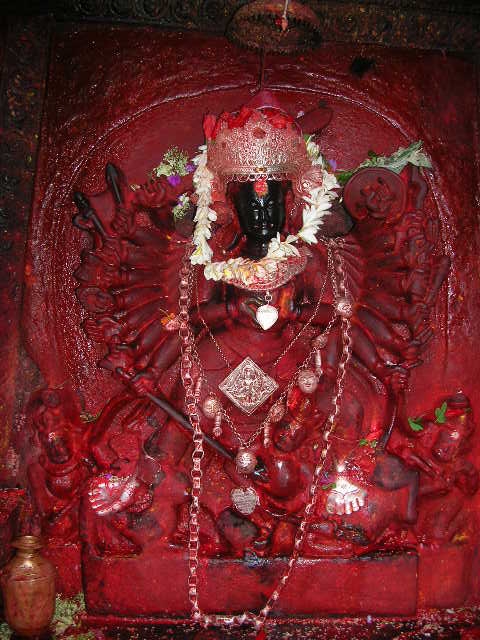
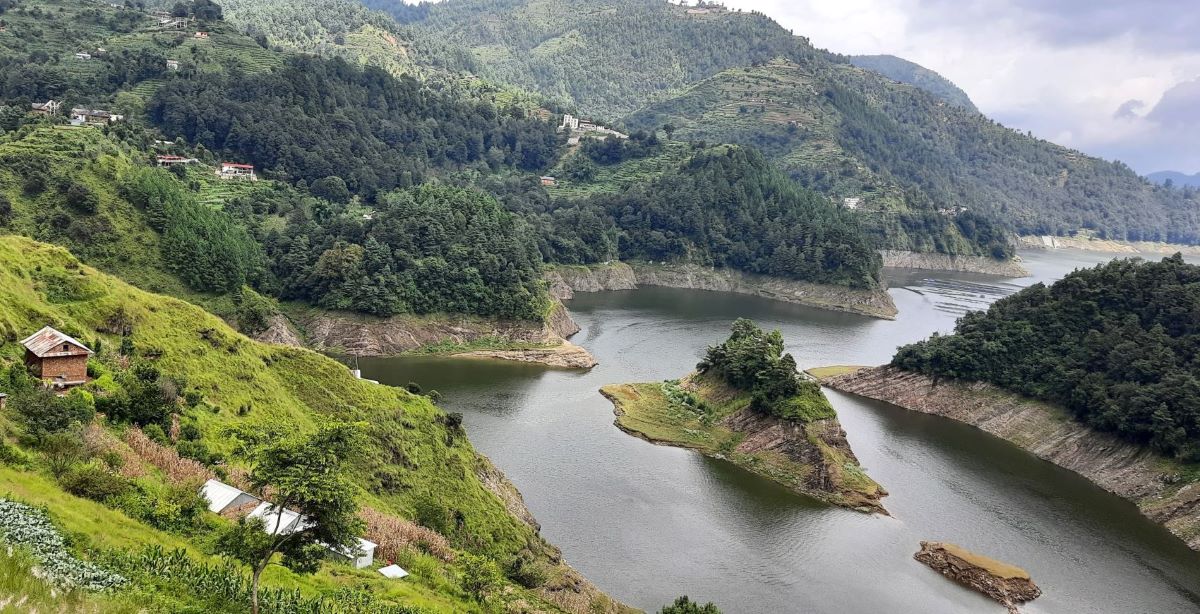
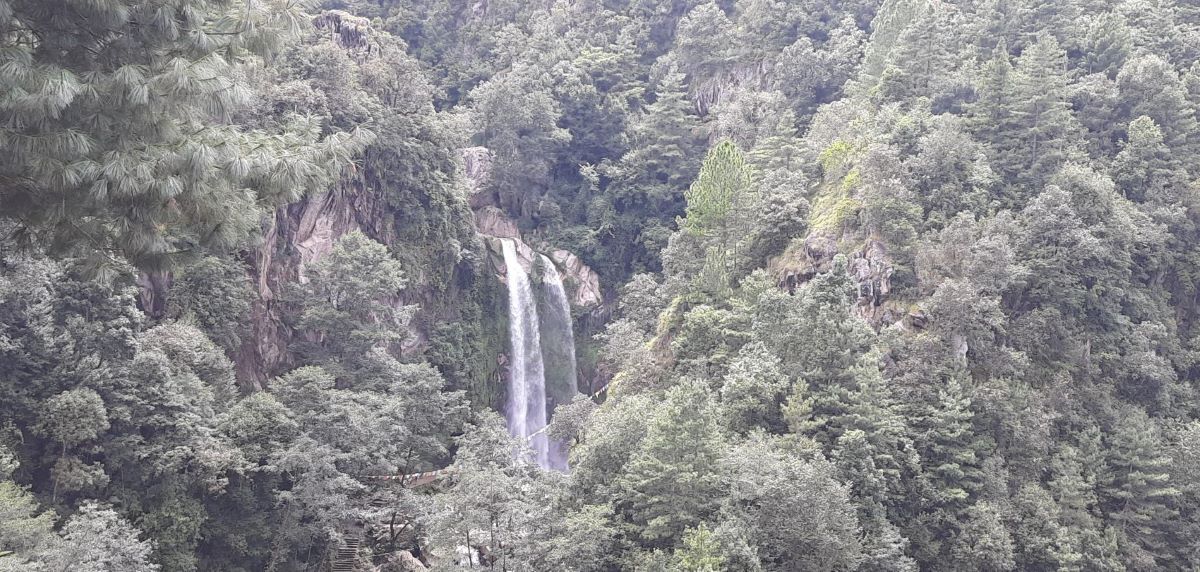
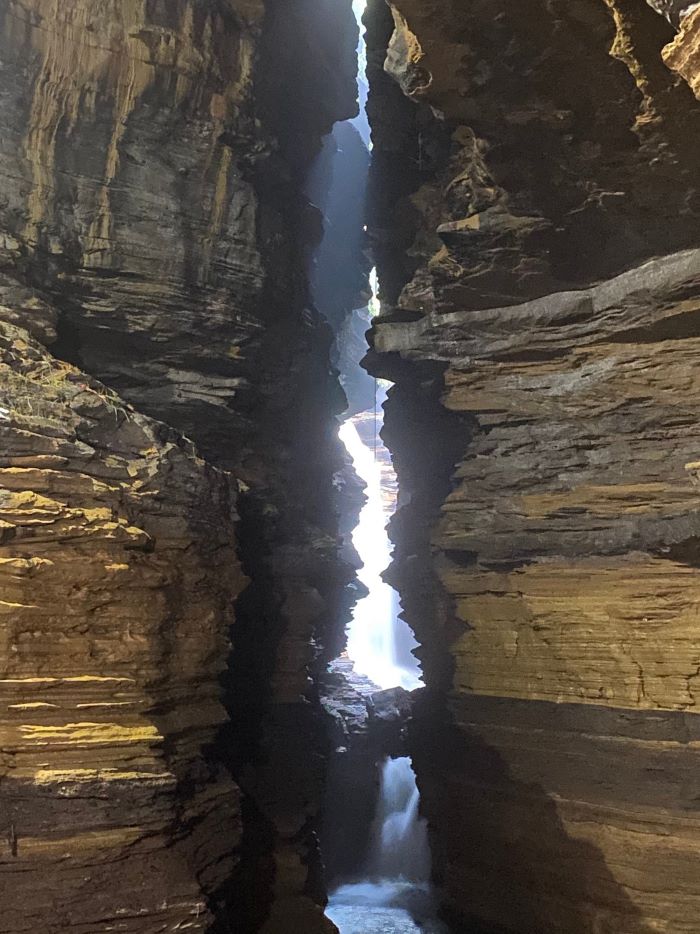
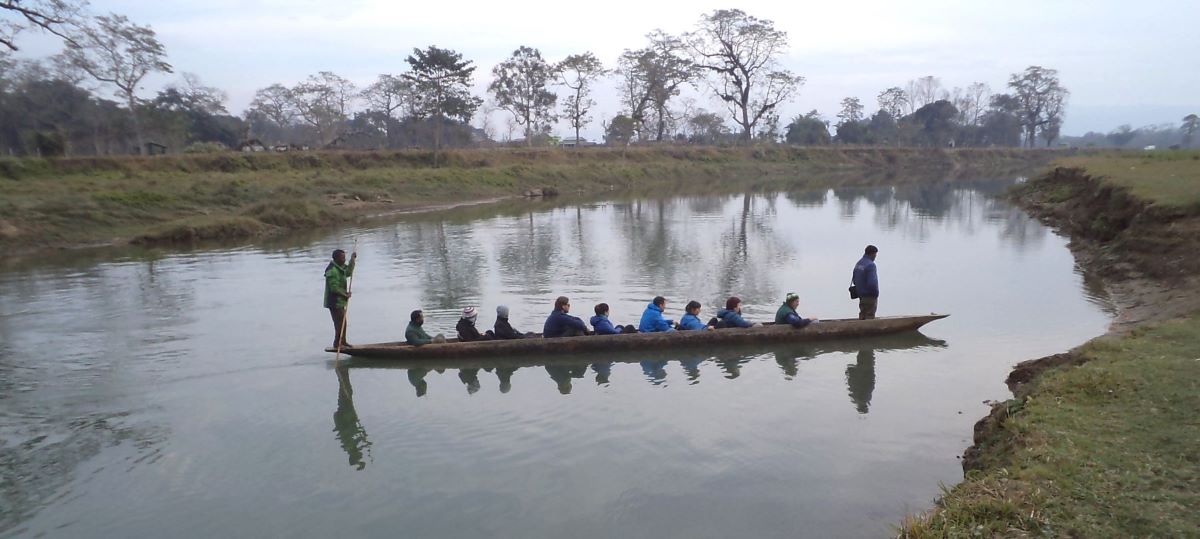
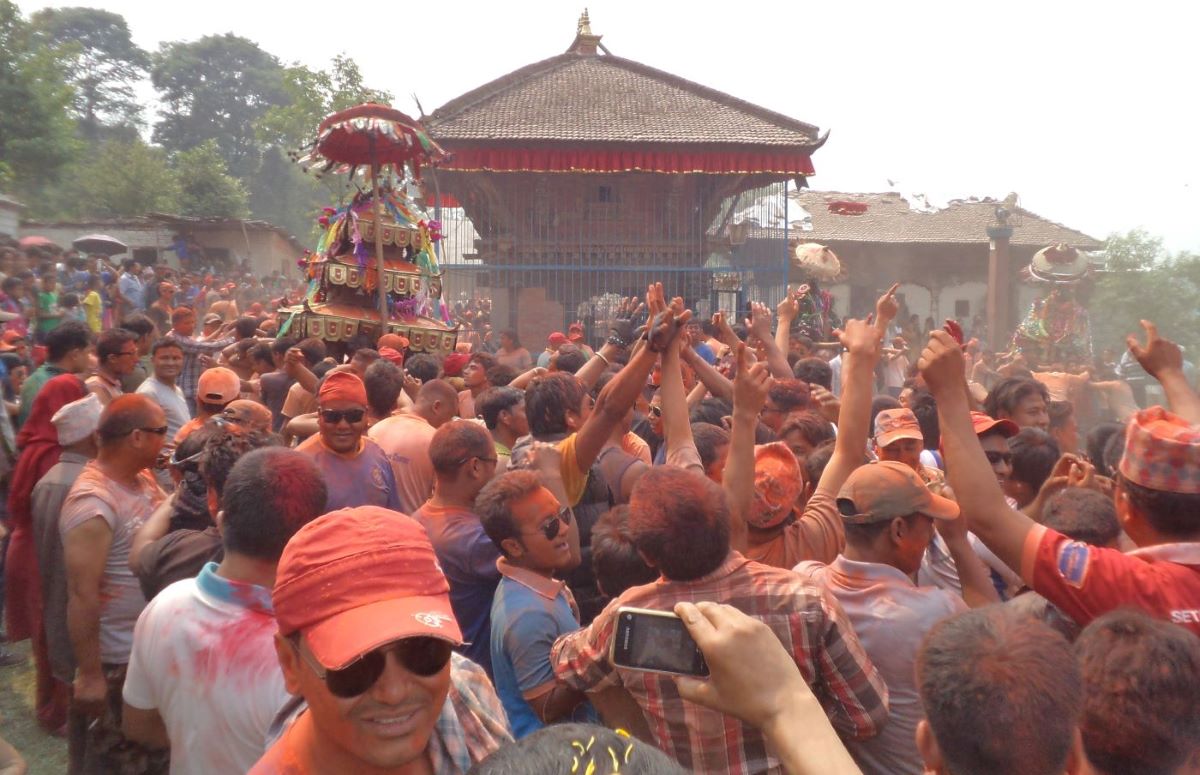
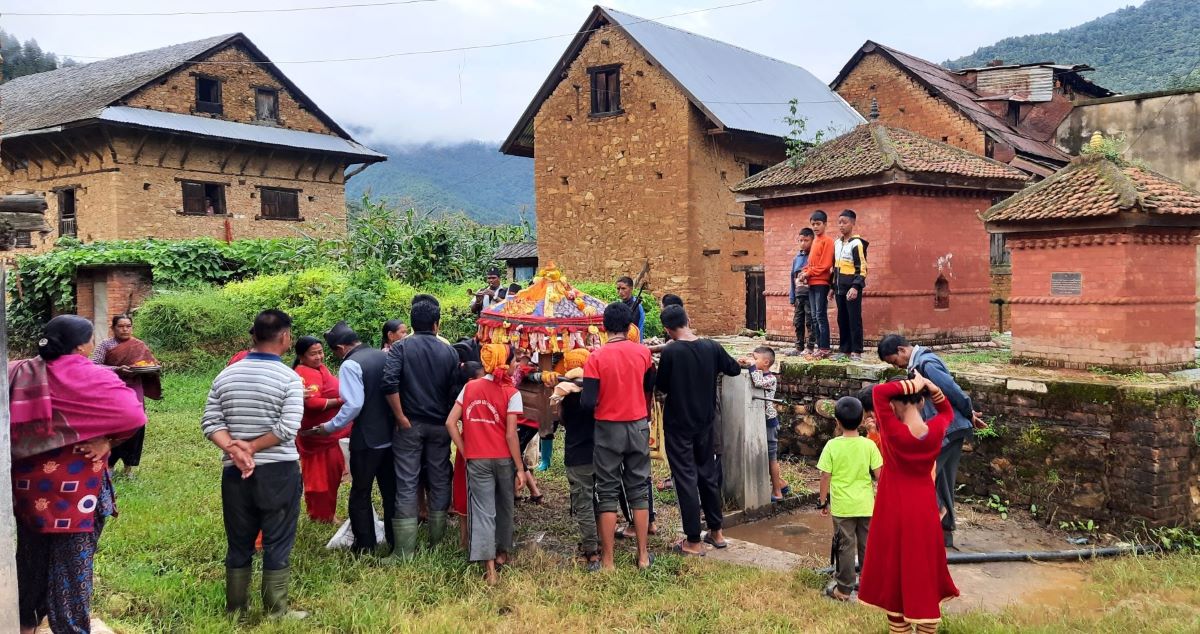
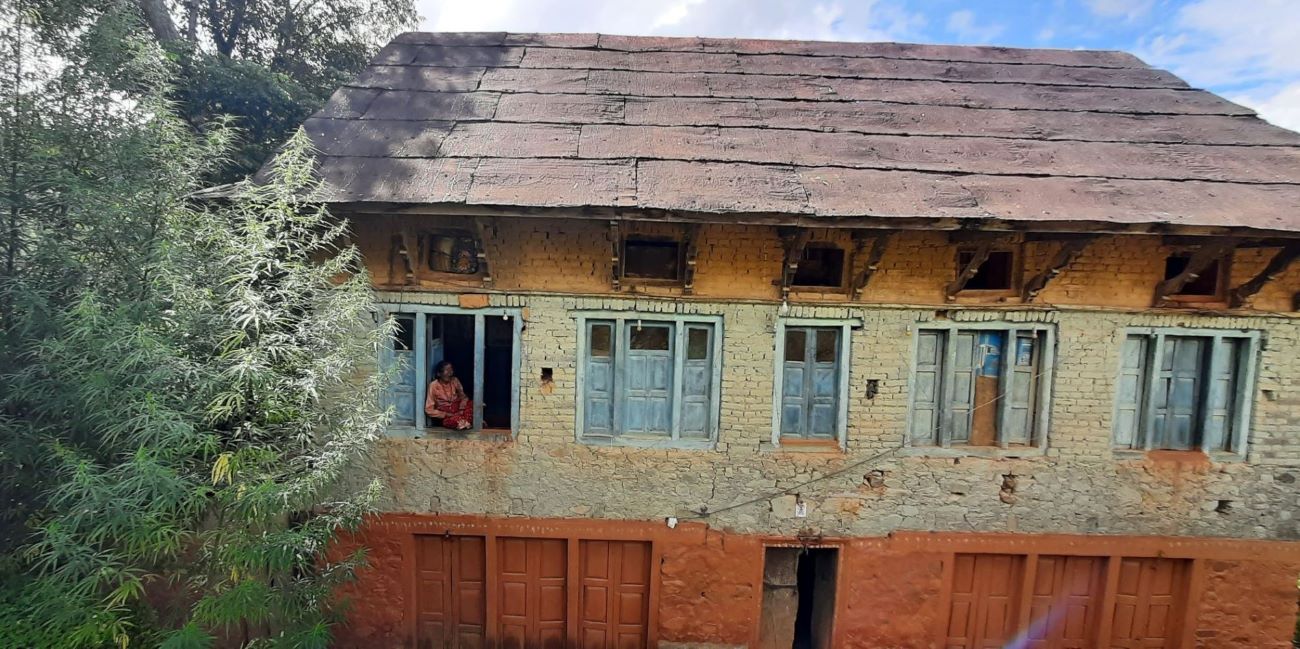
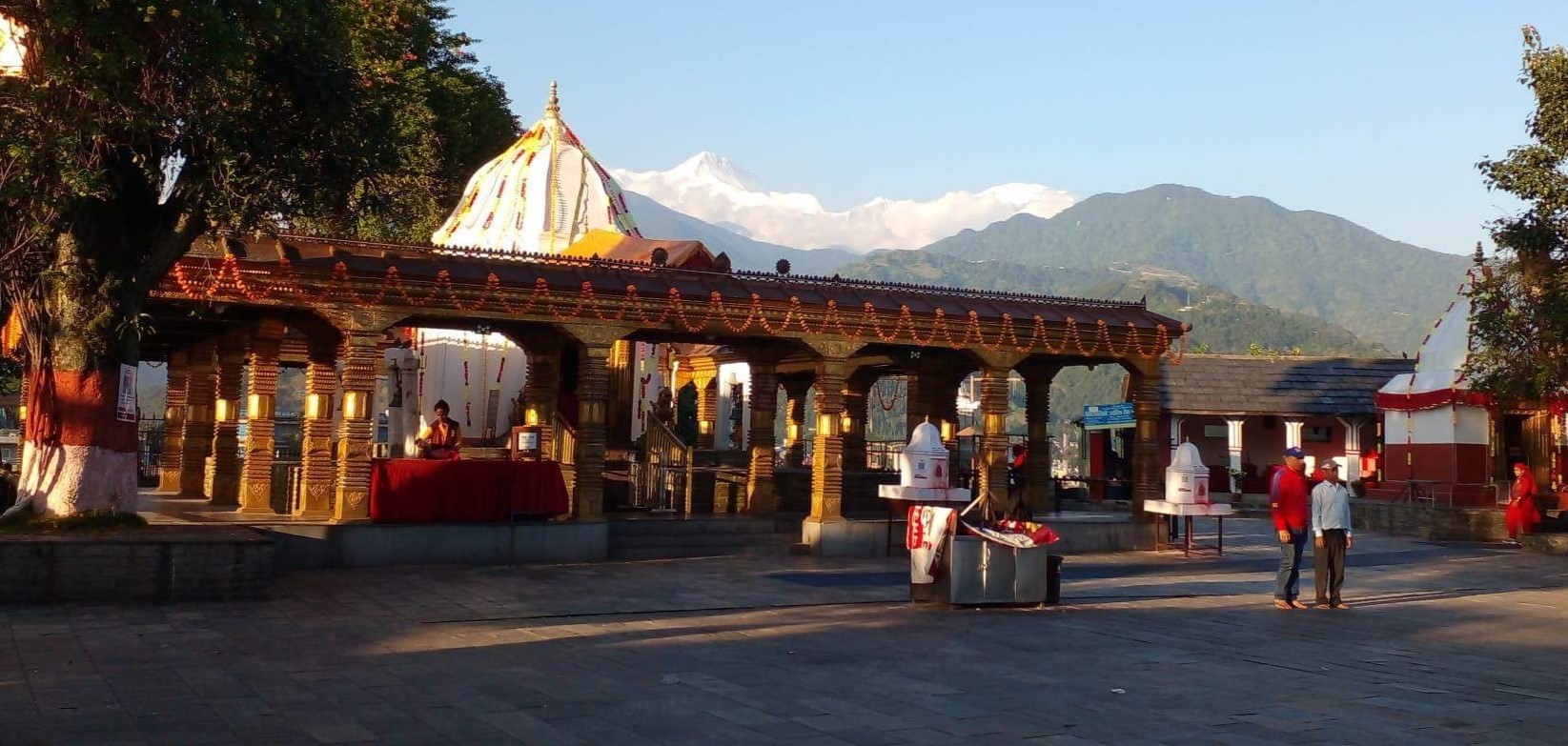
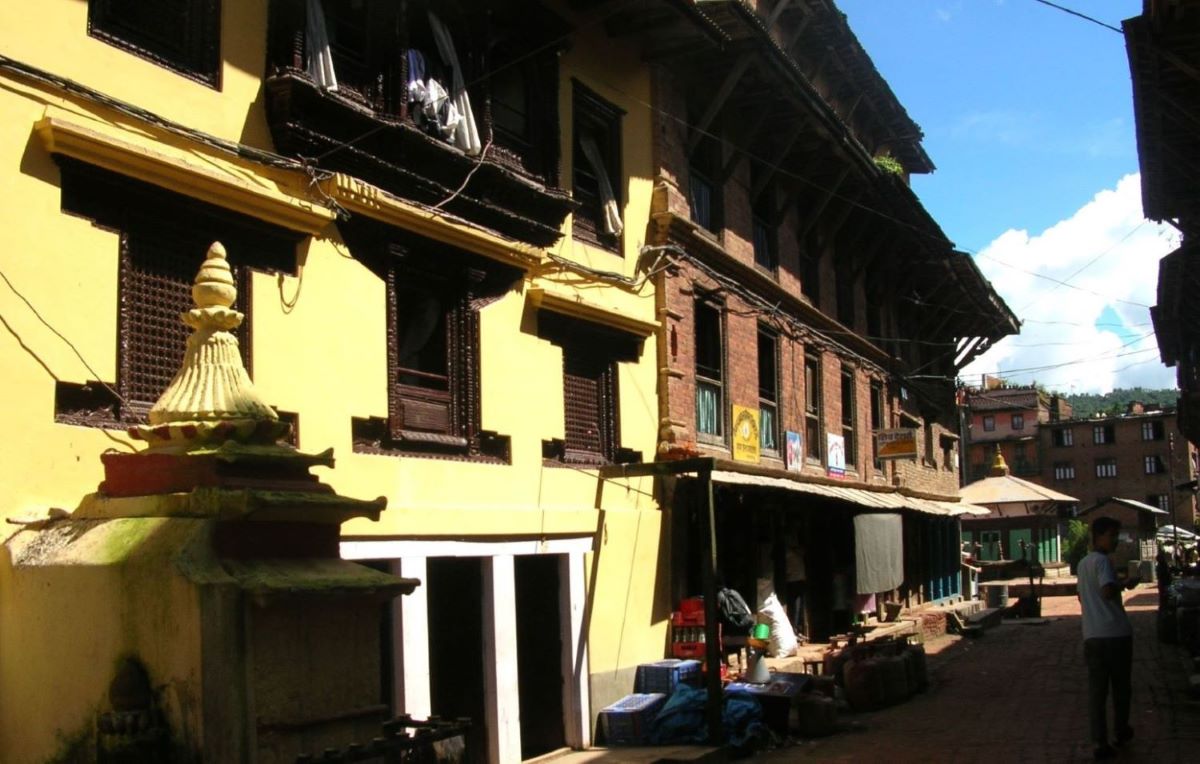
Destination
Activity
Start/End Point
Duration
Grade
Season
Group Size
Hotel/Accomdation
Highest Elevation